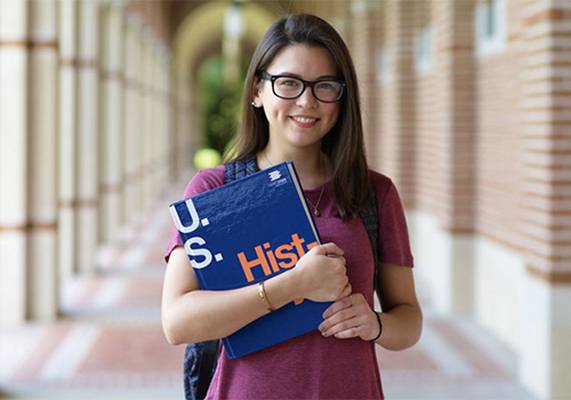小学生必备英语知识——基础篇_sing

一、复数
1.一般情况,直接加-s,如:book-books, bag-bags, cat-cats, bed-beds
2.以s. x. sh. ch结尾,加-es,如:bus-buses, box-boxes, brush-brushes, watch-watches
3.以“辅音字母+y”结尾,变y为i, 再加-es,如:family-families, strawberry-strawberries
4.以“f或fe”结尾,变f或fe为v, 再加-es,如:knife-knives
5.不规则名词复数:
man-men, woman-women, policeman-policemen, policewoman-policewomen, mouse-mice
child-children, foot-feet, tooth-teeth, fish-fish, people-people, chinese-chinese, japanese-japanese
不可数名词的复数就是原型:paper, juice, water, milk, rice, tea
二、名词的格式
(1)有生命的东西的名词所有格:
a)单数后加 ’s 如: lucy’s ruler my father’s shirt
b)以s 结尾的复数名词后加 ’如: his friends’bags
c)不以s 结尾的复数后加 ’s children’s shoes
l并列名词中,如果把 ’s加在最后一个名词后,表示共有, 如:
tom and mike’s car 汤姆和迈克共有的小汽车
l要表示所有物不是共有的,应分别在并列名词后加’s
tom’s and mike’s cars 汤姆和麦克各自的小汽车
(2)表示无生命东西的名词通常用“of +名词”来表示所有关系:如:a picture of the classroom a map of china
(情态)动词can,must, should 后面直接用动词原形。
eg:
1. i / he / she / they can sing.
2.you should keep quiet in the library.
四种简单时态:
一般现在时:i play football.
一般将来时:be going to…/…will …句型: i am going to go to school.
(打算、将要) it will be windy in beijing.
一般过去时:i bought you a book. we went to the park yesterday.
现在进行时:be+动词ing 句型:i am doing my homework.
特殊问句(问什么,答什么)
do you …? ( does he/she …? ) yes, i do. / no, i don’t. ( yes’he does. / no, he doesn’t. )
have you got …? ( has he got ? ) yes, i have. / no, i haven’t. ( yes’he has. / no, he hasn’t. )
can you …? yes, i can. / no, i can’t.
is there a book? yes, there is. / no, there isn’t.返回搜狐,查看更多

责任编辑:





